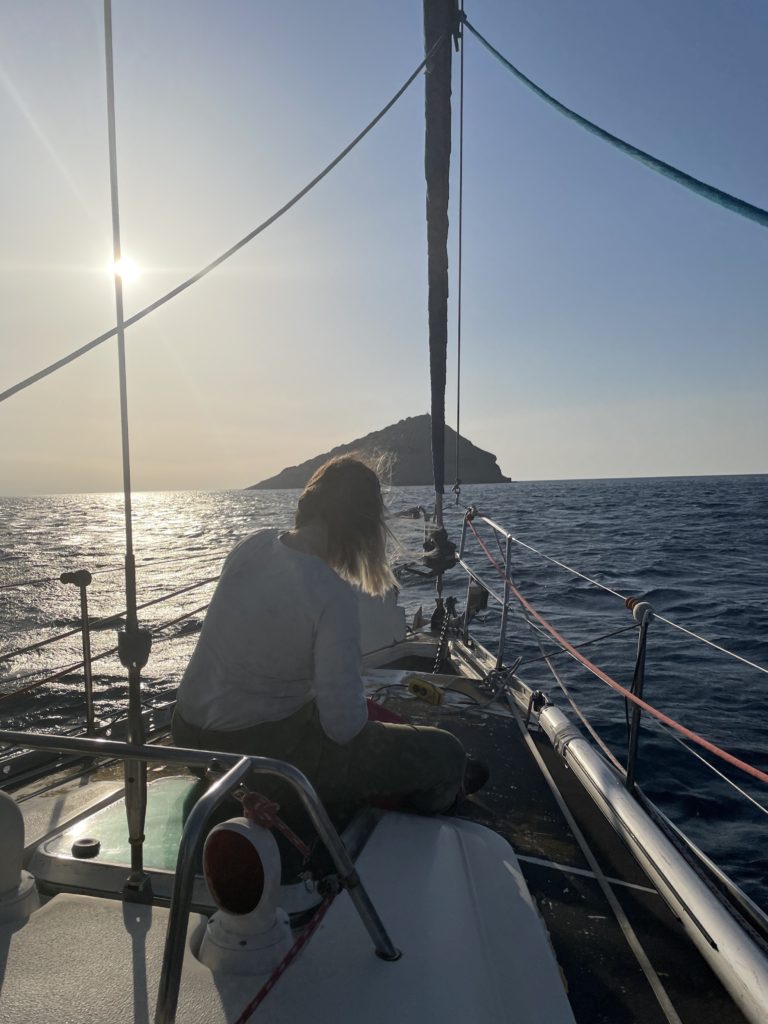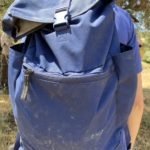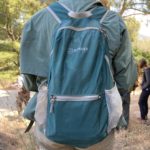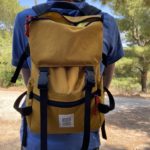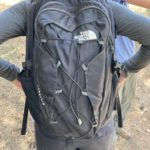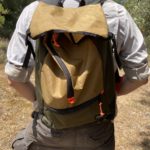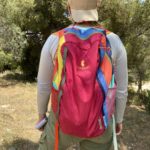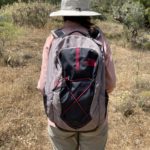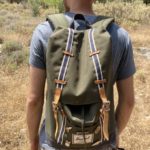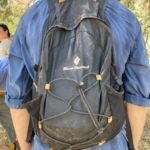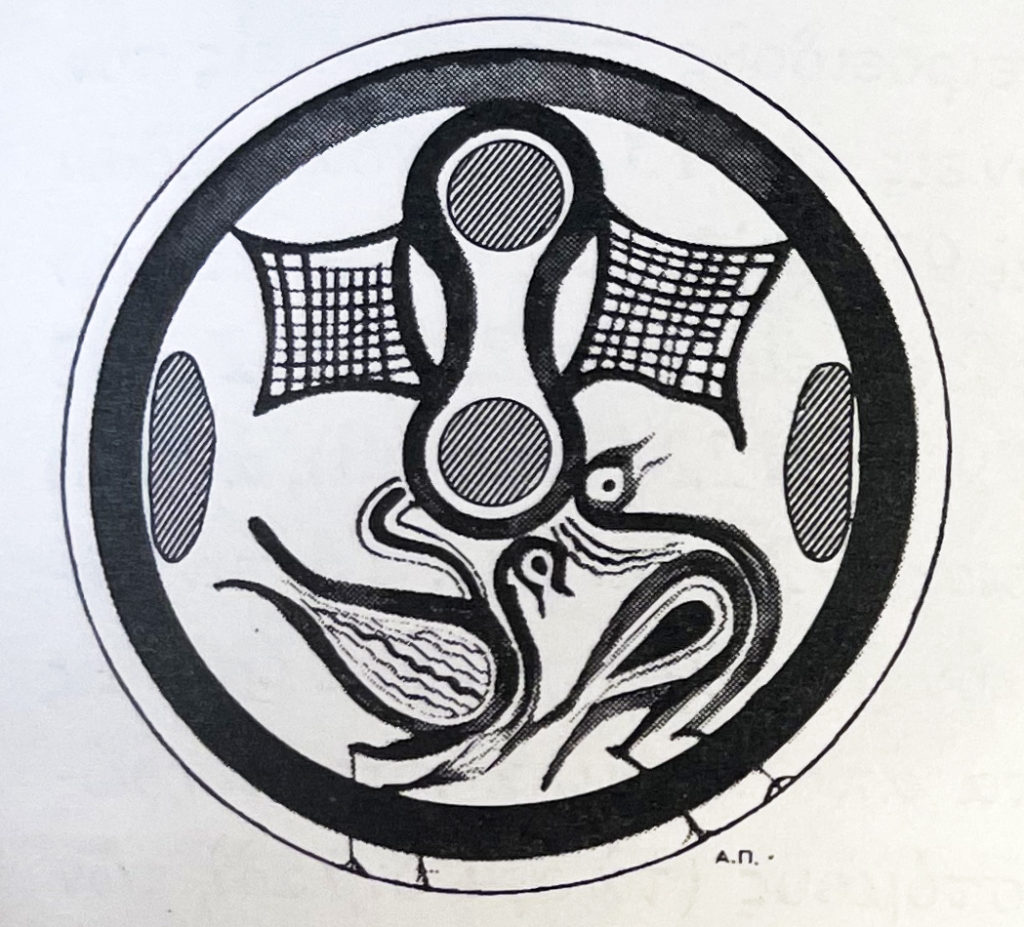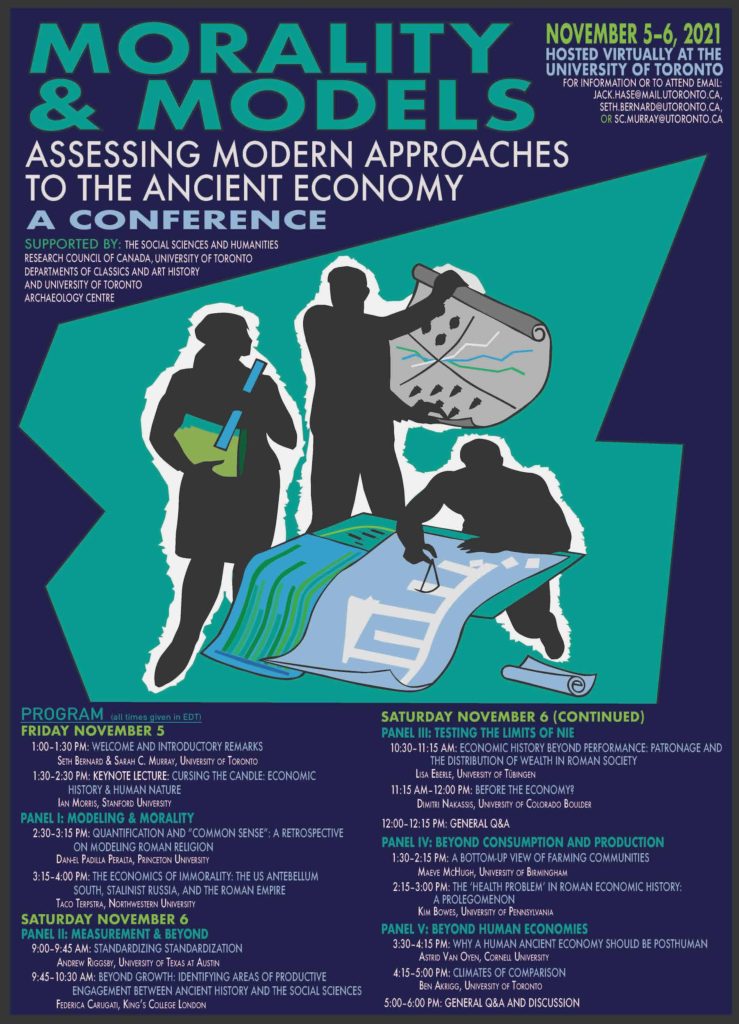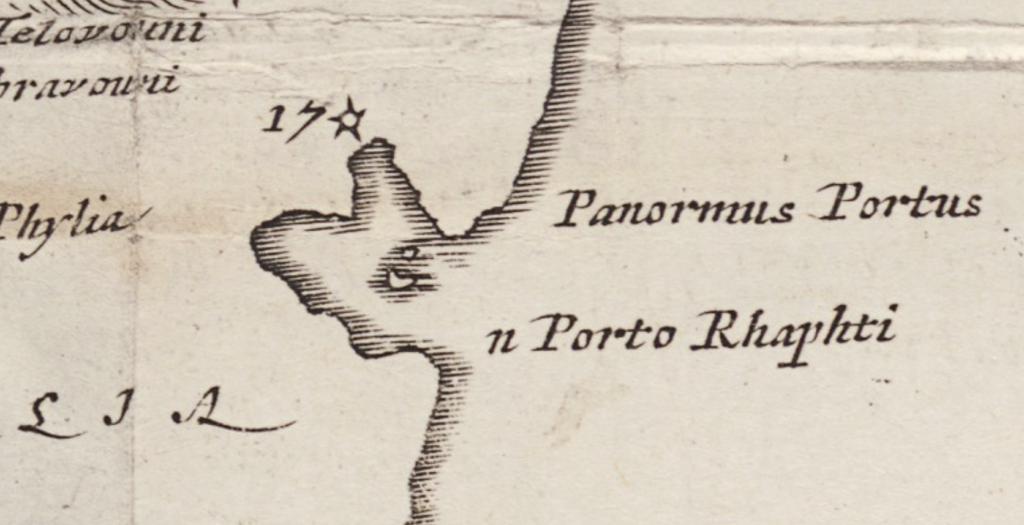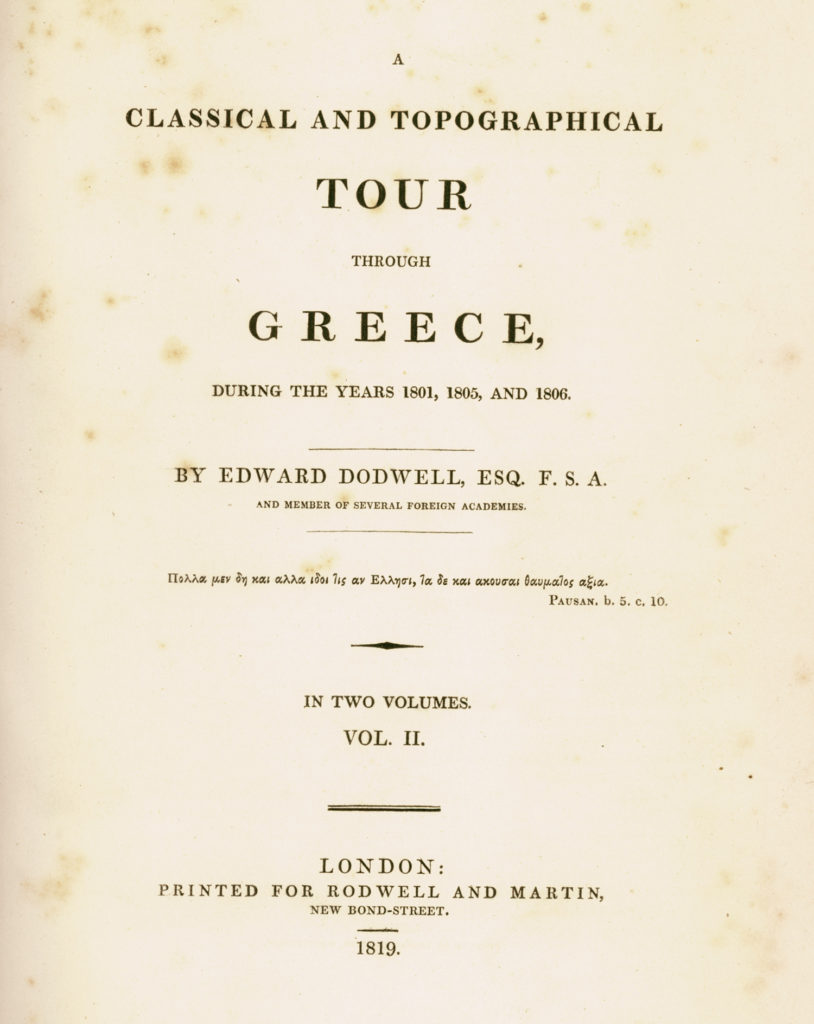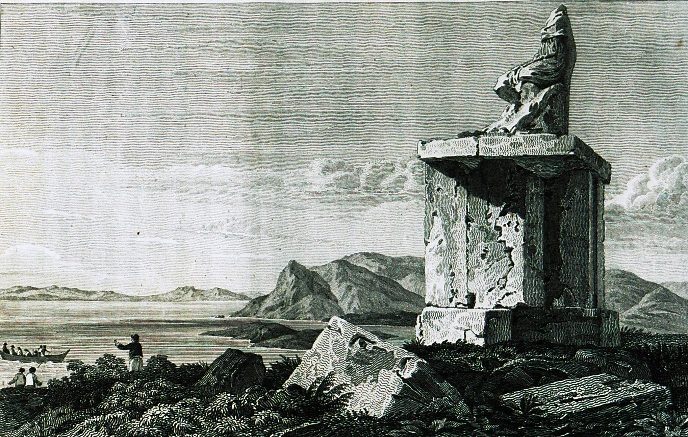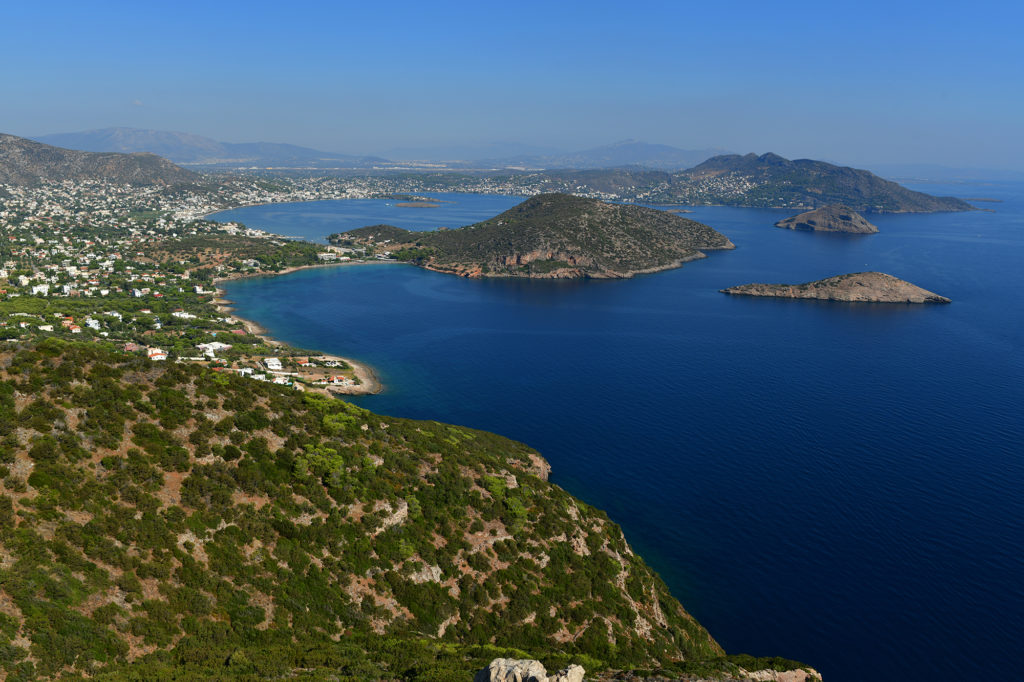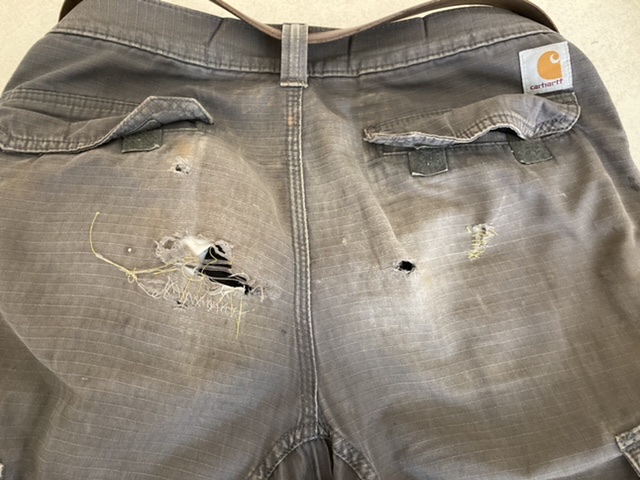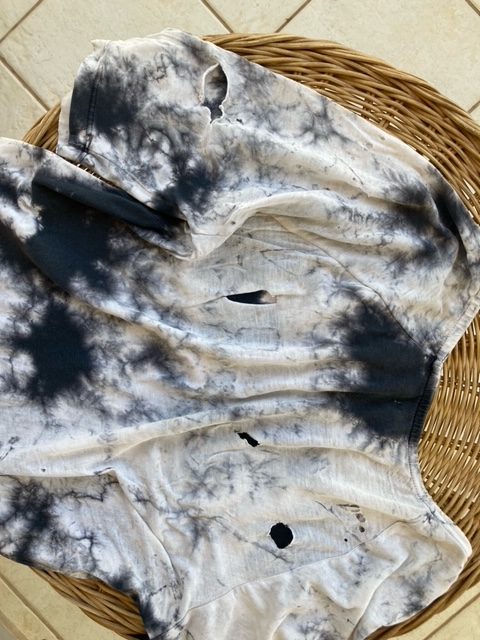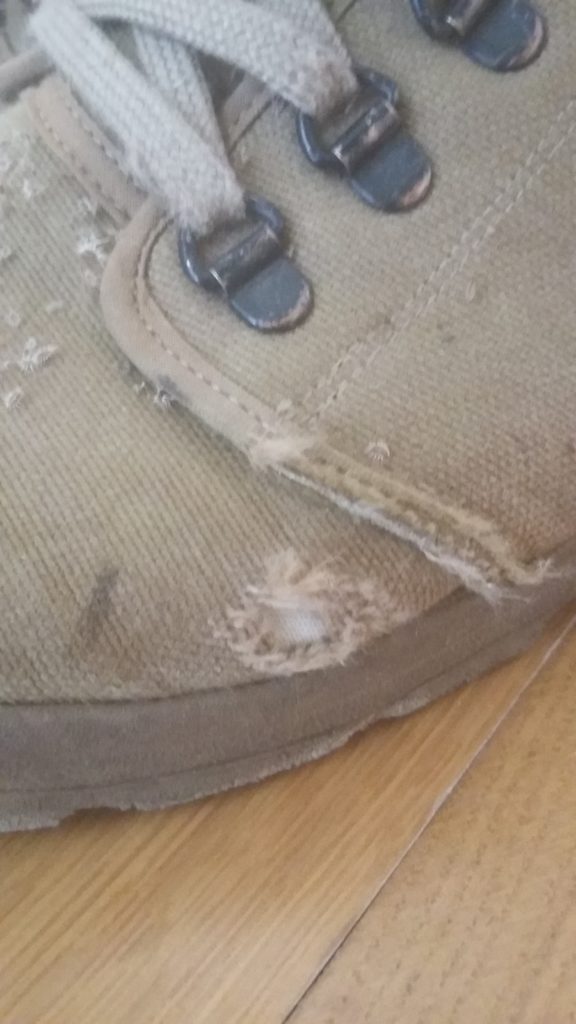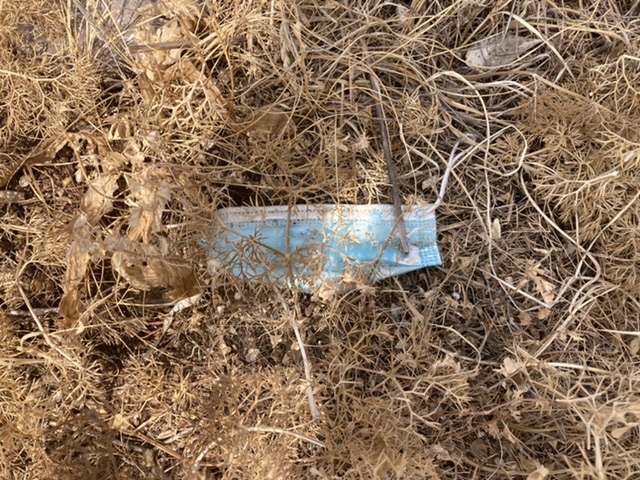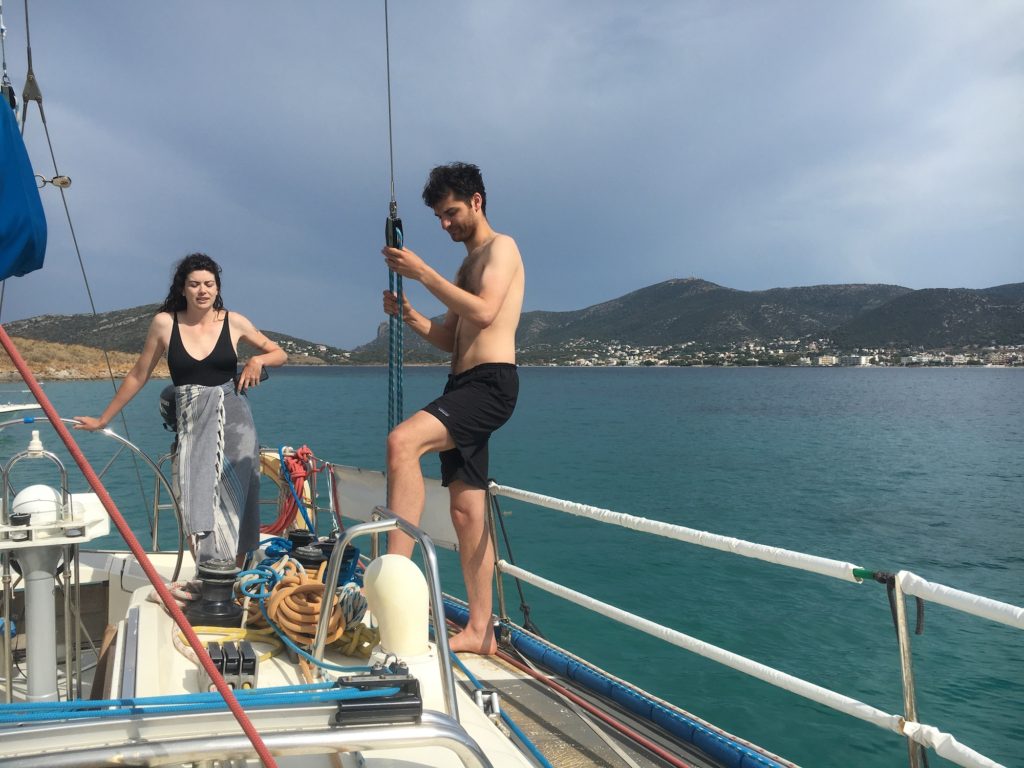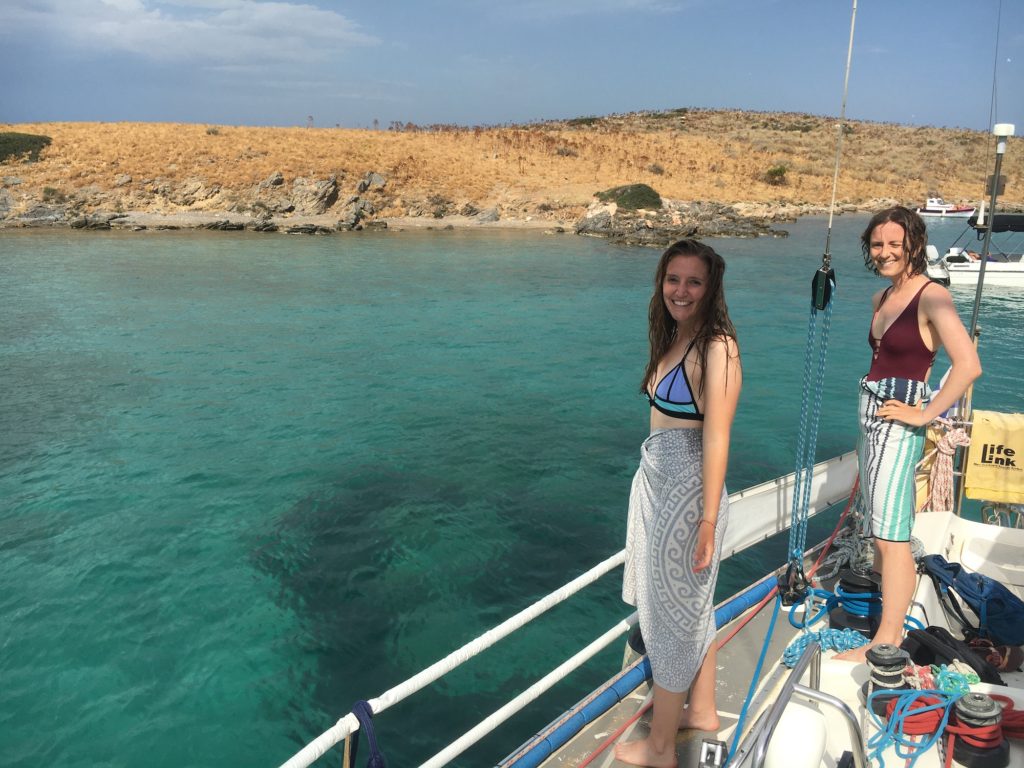It’s hard to believe that our fourth week of fieldwork on BEARS 2022 begins tomorrow! In order to fortify the team for this final push, team member Isabella Vesely, an MA student at the University of Toronto and the BEARS artist-in-residence, has written the following recipe for a delightful Raftis-themed meal.
Foraged Raftis Salad
The majority of this salad can be foraged on the isle of Raftis and in the Bay of Porto Rafti, but all ingredients may not be in season at once. Pair this salad with griddled Raftis rabbit for a hearty post-survey meal.
Makes enough for 23 hungry bears.
Ingredients:
Salad:
12 Wild onions
10 Wild fennel bulbs and fronds
16 Wild carrot, shredded
2 cups Capers
2 cups Olives
Toppings:
15-20 Limpets, optional
3 cups Pistachios
15-20 Figs, halved or quartered
2-4 Lemons, wedged
Dressing:
3 cups Olive oil
2 ½ cups Wine vinegar
½ cup Wild thyme leaves, fresh or dry
¼ cup + 1 tbsp Sea salt, collected from the shore of Raftis
Method:
Thinly slice onions and fennel bulbs with a mandoline or sharp obsidian blade. Shred carrot with a rough piece of coarseware pottery. Mix vegetables, capers, and olives in a large tripod mortar.
Whisk together oil, vinegar, thyme, and sea salt. Pour dressing over salad and toss to combine.
Top with pistachios, figs, and fennel fronds. For an additional briny kick, add fresh limpets. Squeeze lemon liberally over the top.
